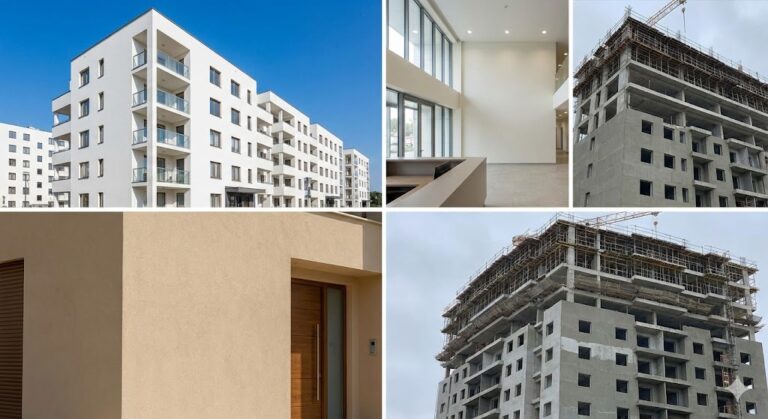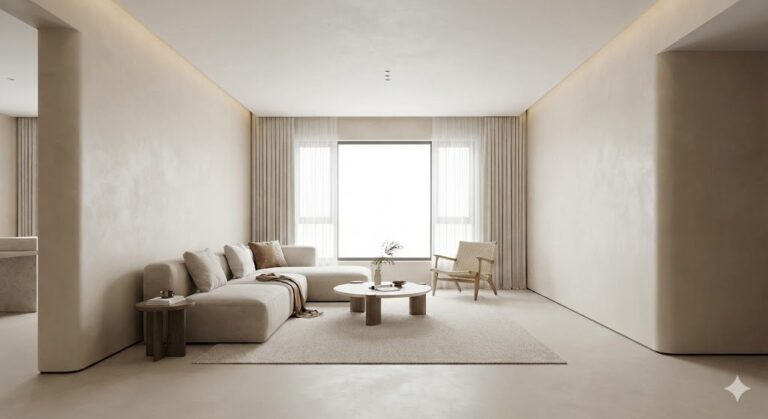Introduction
Gyproc Gypsum is a versatile building material that has gained immense popularity in the construction industry. With its exceptional properties and wide range of applications, Gyproc Gypsum has become a go-to choice for architects, contractors, and homeowners alike. In this article, we will explore the benefits and uses of Gyproc Gypsum, highlighting why it is a superior choice for various construction projects.
What is Gyproc Gypsum?
Gyproc Gypsum is a type of gypsum plasterboard manufactured by Saint-Gobain, a leading global construction materials company. It is made from a naturally occurring mineral called gypsum, which is processed and mixed with other additives to create a high-quality building material. Gyproc Gypsum is known for its exceptional fire resistance, sound insulation, and durability.
Benefits of Gyproc Gypsum
1. Fire Resistance: One of the key advantages of Gyproc Gypsum is its exceptional fire resistance. It acts as a barrier to the spread of flames, helping to protect the structure and occupants of a building in the event of a fire. This makes it an ideal choice for applications where fire safety is a top priority, such as commercial buildings, hospitals, and educational institutions.
2. Sound Insulation: Gyproc Gypsum is also known for its excellent sound insulation properties. It helps to reduce noise transmission between rooms, creating a quieter and more comfortable living or working environment. This makes it a popular choice for residential buildings, hotels, recording studios, and office spaces.
3. Durability: Gyproc Gypsum is a highly durable material that can withstand the test of time. It is resistant to cracks, impact, and moisture, making it suitable for both interior and exterior applications. Whether it’s for walls, ceilings, or partitions, Gyproc Gypsum ensures long-lasting performance and minimal maintenance.
4. Versatility: Another advantage of Gyproc Gypsum is its versatility. It can be easily cut, shaped, and installed, allowing for customized designs and seamless integration with other building materials. Whether you’re looking for a smooth finish or a textured surface, Gyproc Gypsum can be tailored to meet your specific requirements.
Uses of Gyproc Gypsum
1. Wall Systems: Gyproc Gypsum is commonly used in the construction of interior walls. It provides a smooth and even surface for painting or wallpapering, while also offering excellent thermal and acoustic insulation.
2. Ceiling Systems: Gyproc Gypsum is ideal for creating stylish and functional ceilings. It can be used to achieve various designs, including curved or vaulted ceilings, and it also helps to improve acoustics by reducing sound reverberation.
3. Partition Systems: Gyproc Gypsum is widely used in partition systems to create separate spaces within a building. It offers privacy, sound insulation, and fire resistance, making it a practical choice for offices, hotels, and residential buildings.
4. False Ceilings: Gyproc Gypsum is often used to create false ceilings, which not only enhance the aesthetic appeal of a space but also provide easy access to electrical and mechanical services hidden above the ceiling.
5. Drywall Systems: Gyproc Gypsum is a key component of drywall systems, which are widely used for interior construction. Drywall systems offer speed and ease of installation, making them a cost-effective choice for residential and commercial projects.
Conclusion
Gyproc Gypsum is a superior building material that offers numerous benefits and a wide range of applications. Its exceptional fire resistance, sound insulation, durability, and versatility make it a preferred choice for architects and contractors. Whether it’s for walls, ceilings, partitions, or false ceilings, Gyproc Gypsum ensures high-quality construction and long-lasting performance. Consider Gyproc Gypsum for your next construction project and experience the difference it can make.



